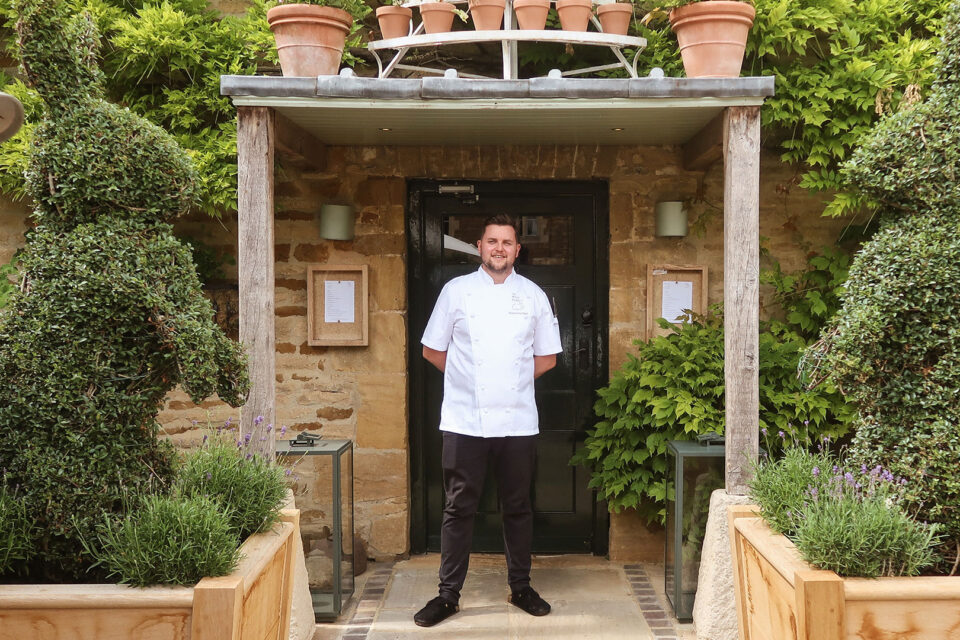Wootton Organic
Our chefs love to tell stories through their food, and there is nothing better than working with high quality ingredients that taste great and come from a source that we are proud of.
Part of our sustainable sourcing policy, traceability is key to connecting guests to where their food originated and unlocking the narrative around how it was produced. Meat is perhaps one of the most important food categories for us to get right, and we are very fortunate to be able to source most of our animal protein from Daylesford Organic. Our field to fork ethos can be seen first-hand here in the Cotswolds, but the core of the story is found a little further north at our sister farm.
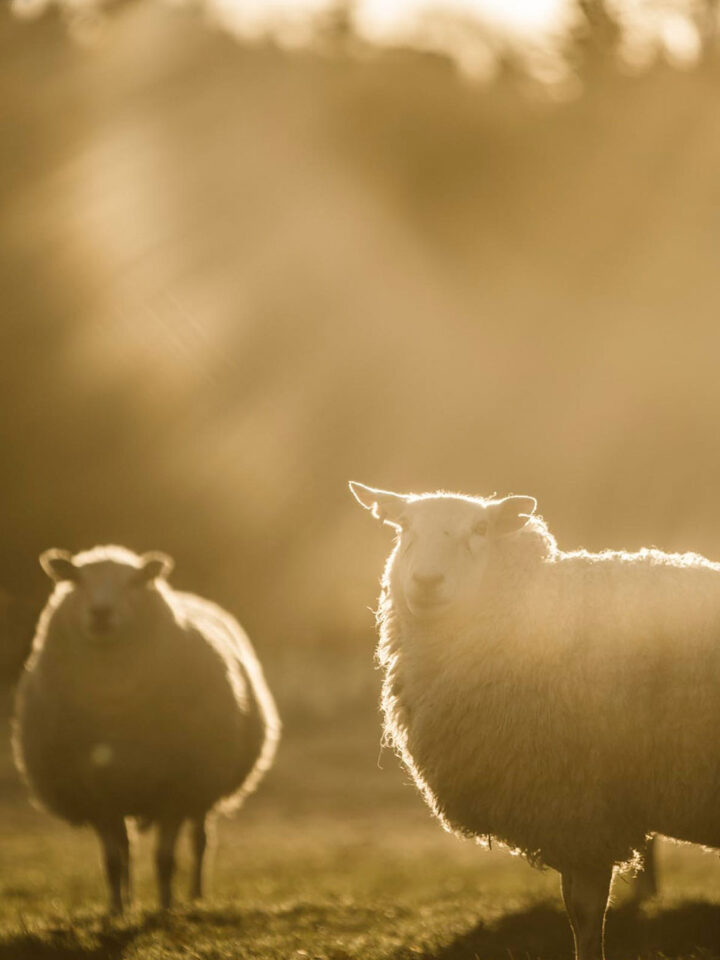
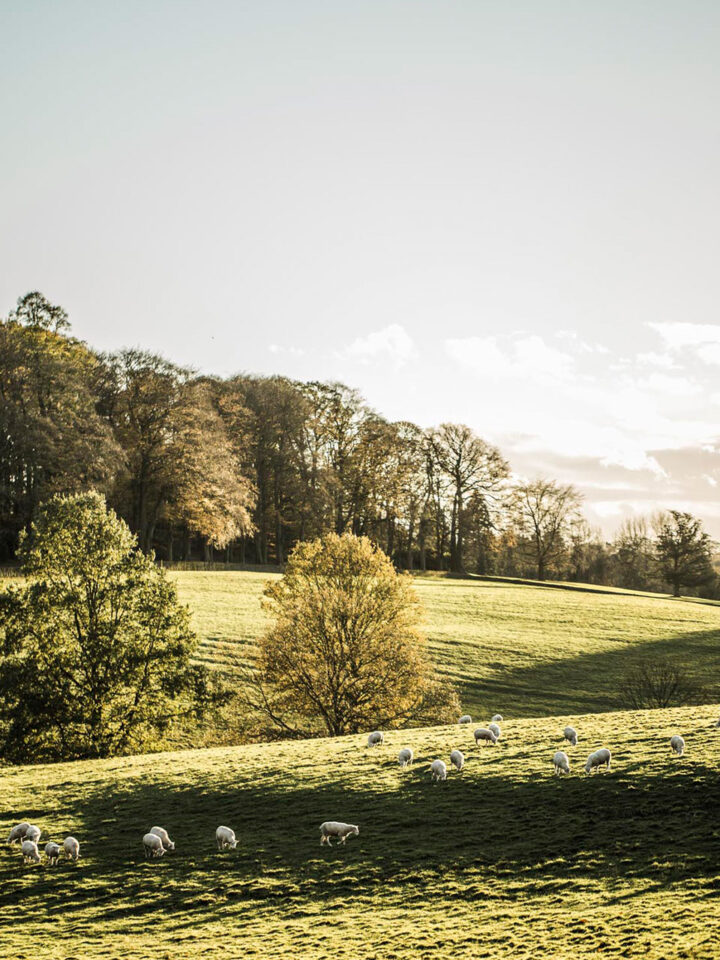
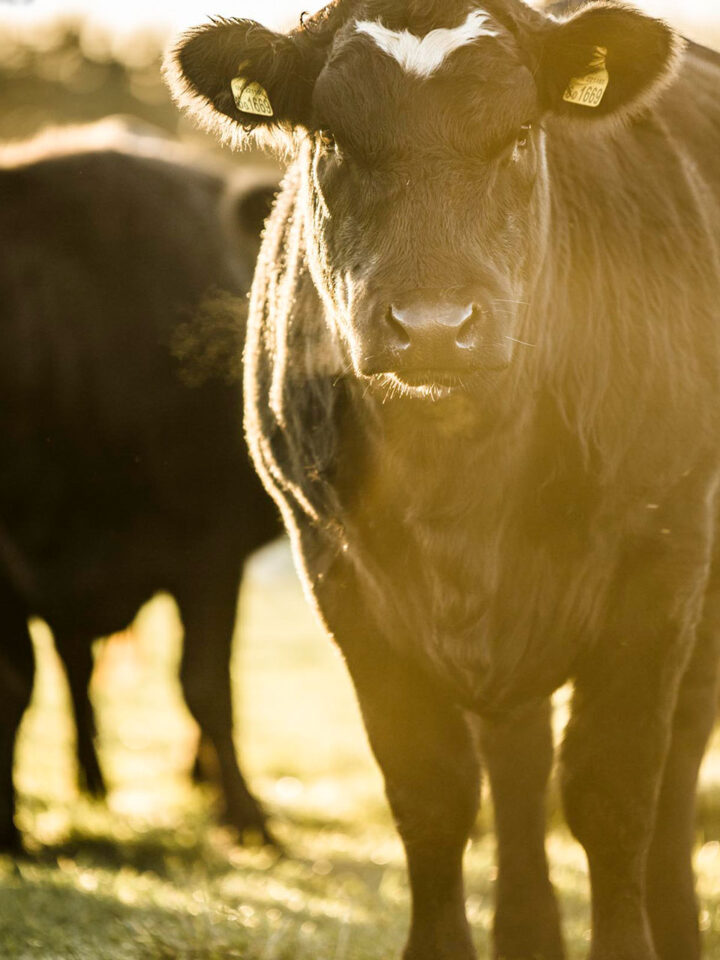
The Wootton Estate occupies 4,500 acres of prime Staffordshire countryside, consisting of traditional English hardwood forests, pastureland and herbal leys dating back generations. It is home to over 50,000 animals each year, predominantly poultry, sheep, beef cows and deer. Livestock here are raised on a forage-based diet year-round, and graze 1,400 acres of permanent pasture – one of the most significant contributors to the farm’s carbon storage. Although it is responsible for producing the bulk of Daylesford’s meat, Wootton is perhaps best known for its herd of red deer.
An historic deer park, there has been venison on the Wootton Estate since Norman times. The current herd of almost 1,000 red deer includes 350 hinds, 250 finishing animals, 14 stags and 300 calves, and it remains the largest herd in the UK to be certified to the Soil Association’s organic standards. Although technically farmed, these animals are free to roam the Estate’s expansive fields, valleys and woodlands with minimal human interference to give them as wild a life as possible. Unlike their wild cousins, farmed venison never go hungry during the winter and their condition and meat quality remains consistently high. They feed, rut, breed and give birth as they would do in the wild (driving farm vehicles across the fields is banned during the summer months as fawns are often hiding in the long grass), and unlike domesticated animals it is unwise to go near them.

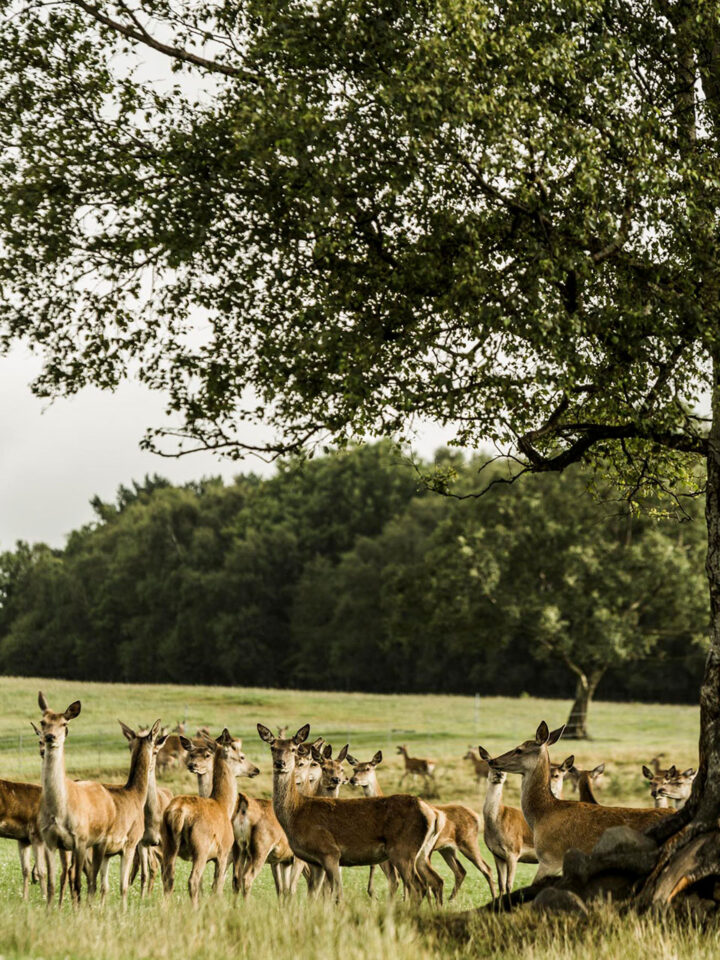
Wild behaviours are especially evident at this time of year. The rutting (mating) season begins in autumn and is characterised by stags displaying aggression in pursuit of finding hinds (adult females) to mate with. As well as fighting other males, they scent their territory and become very protective of their harem, which can be as many as 50 hinds. Calving occurs in the summer, and this is the time for the females to exhibit wild instinctive behaviour – each calf must demonstrate to its mother that it is capable of standing before she will feed it, at which point she becomes very protective and will defend against any intrusion.
The deer are allowed to mature slowly and naturally, and it can take between 16 and 20 months for stags hinds respectively to reach the optimum condition for producing venison. All of the animals go through the bespoke on-site abattoir that handles all of Daylesford’s meat production; due to the increasing demand for this once maligned meat, the Estate now processes venison year-round, producing almost 17 tonnes each year. Our entire business shares the same ethos when it comes to waste, and we use the whole carcass – even the antlers are crafted into items such as door handles.
For those that haven’t tried venison before, it is a surprisingly versatile meat that is very high in protein, omega-3 and essential B vitamins. In comparison to other red meats, it is low in saturated fat and contains twice the iron. 100 grams of venison contains around 25g of protein, just 1.4g of sat fat and will provide 32% and 23% of your recommended daily zinc and iron intake respectively. You can find venison on most of our menus throughout the autumn.
